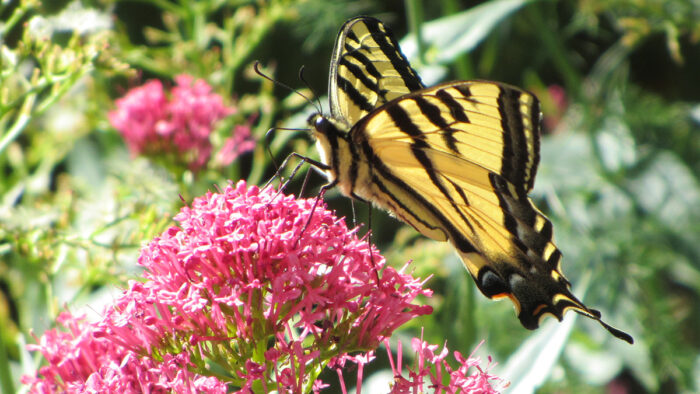
Most of Southern California is on the western monarch butterfly migration path and is home to a number of other fascinating butterflies that are ecologically significant pollinators. At a time when protecting our wildlife has become critical, bee, bird, and butterfly pollinators are widely recognized as an integral part of a vast ecological network that not only adds health and beauty to our landscapes, but also allows life to thrive on earth—including each of us. They also provide an opportunity for adults and children to enjoy the color, kinetics, wonder, and gardening projects inspired by these creatures. So as you develop your landscape this season, think about getting the whole family involved, and watch the amazing life cycle of the butterfly unfold in your own backyard while also helping wildlife and the environment. Learn how to grow a butterfly garden in Southern California below.
The Three Stages of a Butterfly’s Life
When gardening for butterflies, it is important to provide plants that support all the parts of their life cycle. Butterflies go through three distinct stages that feed differently:
- The caterpillar that requires host plants
- The chrysalis that consumes no outside nourishment (but benefits from plants for cover)
- The adult flying butterfly form that is sustained by nectar
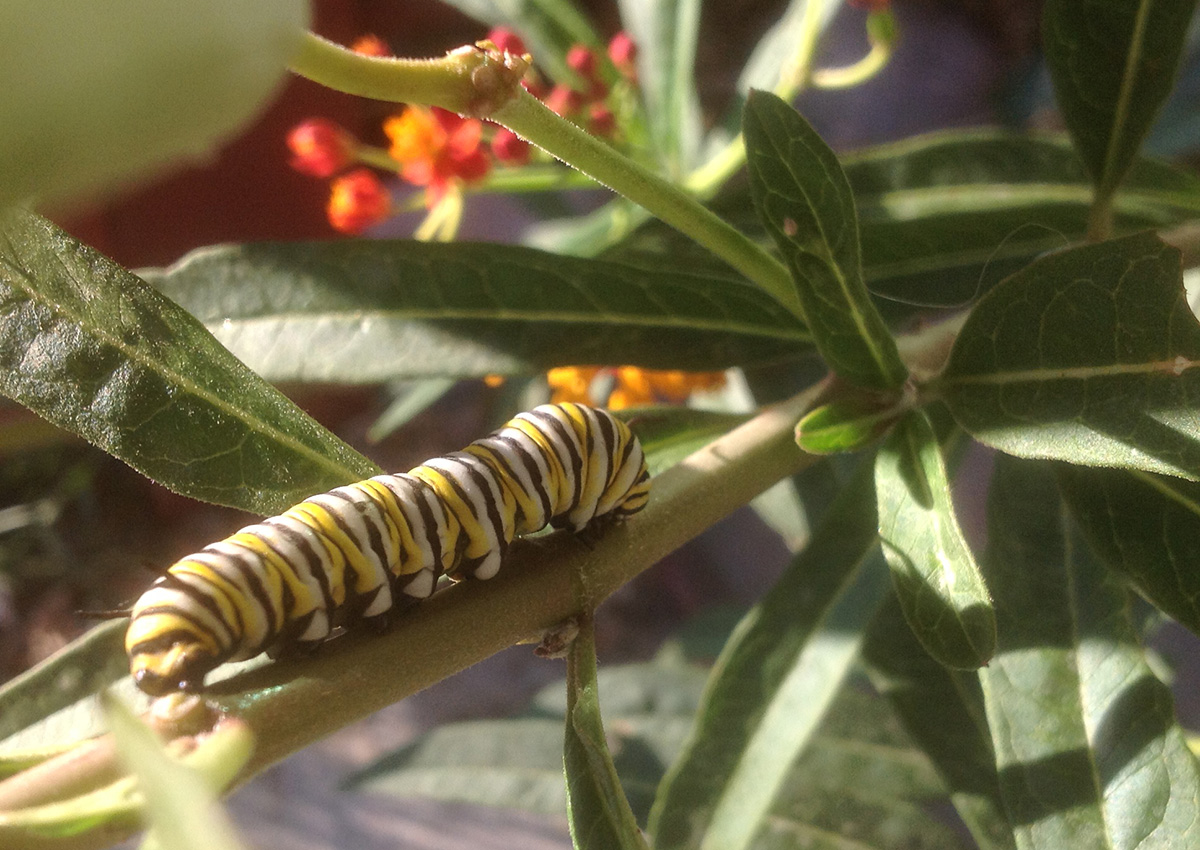
Butterfly Species and the Plants That Support Them
More than 150 species of butterflies live in California. Chances are that the butterflies commonly seen in your garden have food and nectar sources growing in your surrounding communities consisting of both wild and garden plants. Research the butterflies you want most in your own landscape and invite them in with plants they love. Data shows that the 2021 monarch population in California rallied remarkably. Experts theorize that much of the increase in numbers was due to efforts of butterfly-conscious gardeners—so the plants we choose do make a difference.
Many of the plants that benefit butterflies are, of course, wildflowers—but some are not. Different plant species also support different butterfly species. The best plants supply both leaves for caterpillars to eat and flower nectar for the adult butterflies to consume.
The best plants supply both leaves for caterpillars to eat and flower nectar for the adult butterflies to consume.
Monarch butterfly
An excellent example of a species-specific plant that supports various life-cycle stages is milkweed, which includes the following pink- or white-flowering native milkweeds:
- California milkweed (Asclepias californica, Zones 7–10)
- Woollypod milkweed (Asclepias eriocarpa, Zones 5–9)
- Narrow-leaved milkweed (Asclepias fascicularis, Zones 6–10)
- Desert milkweed (Asclepias subulata, Zones 9–11)
- Wooly milkweed (Asclepias vestita, Zones 7–10)
There is some controversy about whether or not the red, orange, or yellow milkweed varieties most commonly seen for sale are as healthy for monarchs as these natives. And there is ongoing research as to whether imported milkweed varieties are contributing to dwindling numbers of monarchs. Whenever there is doubt, opting for native plants will avoid the issue altogether as well as prevent the possibility of introducing an invasive plant species to your garden.
That said, monarchs seem to flock to nonlocal plants for both vegetative food and nectar, just the same. The caterpillars eat any milkweed leaves at a voracious rate. The poor milkweed plants can be totally skeletonized. Miraculously, the plants regrow astonishingly fast as the monarch caterpillars wander off to spin their amazing little green, pure-gold spotted, lantern-like cocoons. (Finding the little magical-looking cocoons can be a challenging but fun project.)
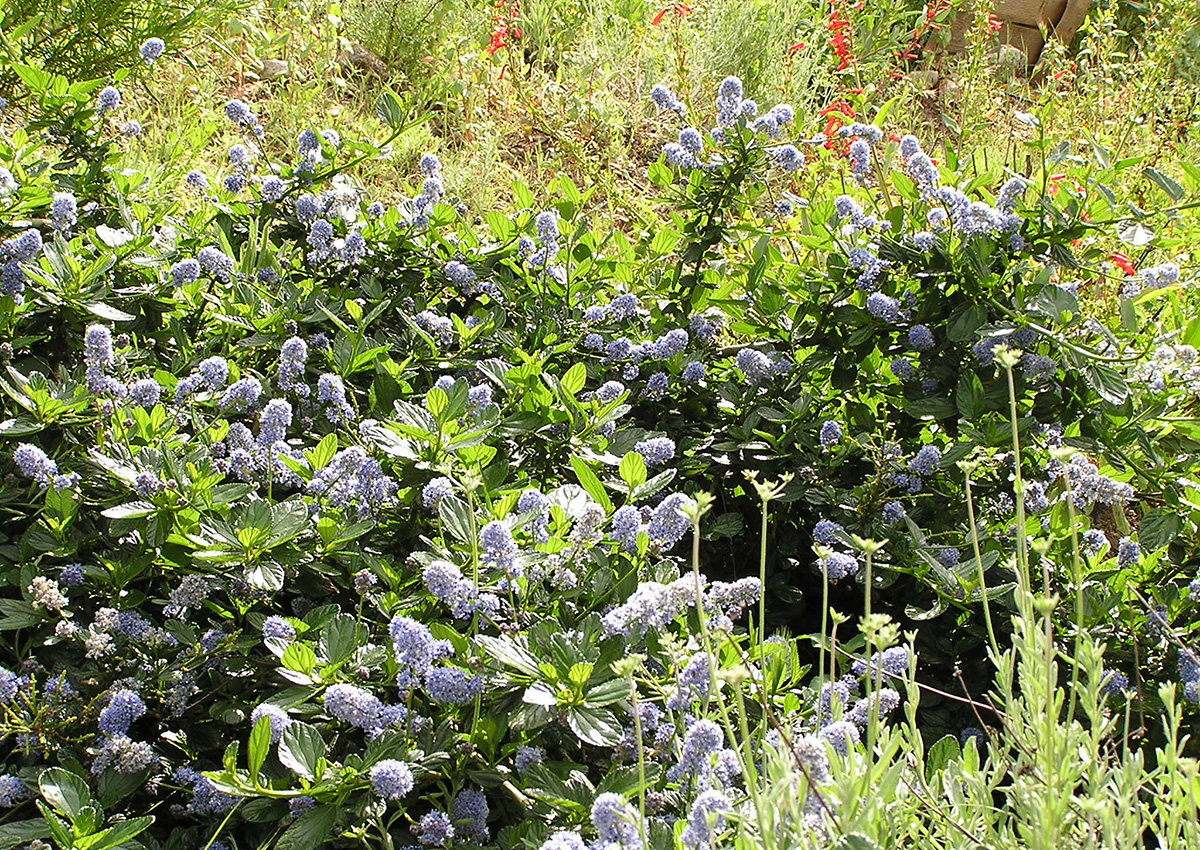
Swallowtail butterfly
Our anise swallowtail butterflies are attracted to plants of the Apiaceae family, such as:
- parsley (Petroselinum crispum and cvs., Zones 5–9)
- celery (Apium graveolens and cvs., Zones 3–6)
- fennel (Foeniculum vulgare and cvs., Zones 4–9)
Pale swallowtail
The pale swallowtail butterfly loves native plants such as:
- California coffeeberry (Rhamnus californica, Zones 7–9)
- California lilac (Ceanothus spp. and cvs., Zones 7–11)
- holly leaf cherry (Prunus ilicifolia, Zones 6–9)
- sycamore (Platanus spp. and cvs., Zones 3–8)
Western swallowtail
The western swallowtail butterfly feeds on these plants:
- aspen and cottonwood (Populus spp. and cvs., Zones 1–9)
- Pacific blackberry (Rubus ursinus, Zones 6–9)
- alder (Alnus spp. and cvs., Zones 2–8)
- willows (Salix spp. and cvs., Zones 3–9)
- birch (Betula spp. and cvs., Zones 2–9)
- California sycamore (Platanus racemosa, Zones 3–8)
Mourning cloak
Many plants attract and support more than one species of butterfly. The mourning cloak butterfly naturally is also drawn to native Pacific blackberry, willows, aspens, and cottonwoods. Like a lot of our butterflies, it is widely distributed beyond the borders of SoCal, so it has a wider range of favorite plants. It is often spotted fluttering around nonnative garden favorites such as:
- red/yellow tropical milkweed (Asclepias curassavica and cvs., Zones 9–11)
- passion vine (Passiflora spp. and cvs., Zones 6–11)
- leadwort (Plumbago spp. and cvs., Zones 9–11)
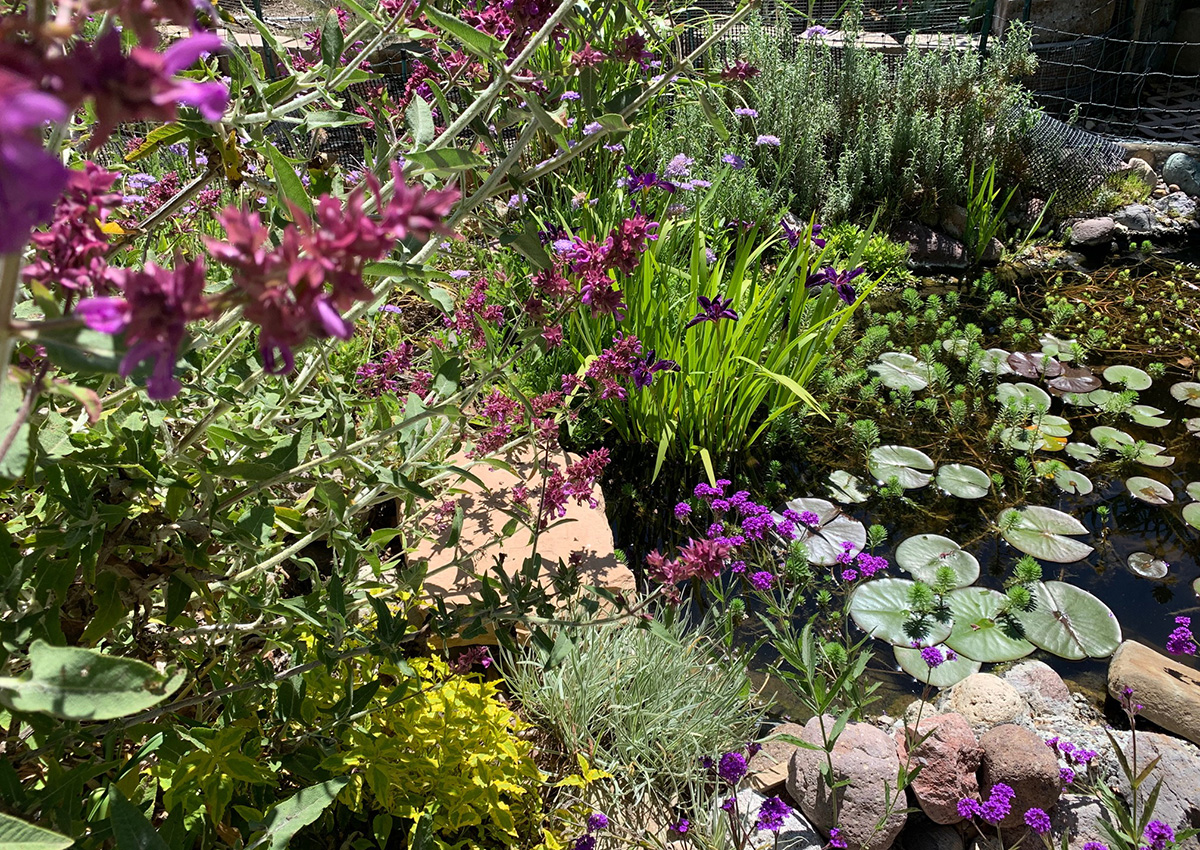
Tips for Designing a Butterfly Garden
Create shelter and sunbathing areas
When designing a butterfly garden, be sure to provide for their other needs too. With the drying climate, consumption of open lands by human construction, and excessive wildfires, butterflies can use our help. Like other insects, butterflies enjoy basking in the sun to warm their cold-blooded bodies. They enjoy spaces where they can shelter from wind and inclement weather. This creates a designing opportunity to put together a spectacular landscape for both human and butterfly by using diverse materials. Rocks, boulders, and flat stones create perfect sunbathing areas. Plants with varied leaf forms, branches, and flowers offer wind protection, food, and perching space.
Provide water sources
Water sources are essential too. Water features that people will also enjoy can provide requisite moisture. Butterflies also love patches of wet sand or mud to “puddle” for minerals. And these elements create a great opportunity to design a showy garden for the human eye.
—Jane Gates is the owner of Gates & Croft Horticultural Design in Los Angeles and the author of All the Garden’s a Stage: Choosing the Best Performing Plants for a Sustainable Garden.
Photos: Jane Gates
Fine Gardening Recommended Products

The Crevice Garden: How to make the perfect home for plants from rocky places
Fine Gardening receives a commission for items purchased through links on this site, including Amazon Associates and other affiliate advertising programs.

Spear & Jackson 4930FZ Razorsharp Telescopic Tree Pruner
Fine Gardening receives a commission for items purchased through links on this site, including Amazon Associates and other affiliate advertising programs.

ARS Telescoping Long Reach Pruner
Fine Gardening receives a commission for items purchased through links on this site, including Amazon Associates and other affiliate advertising programs.


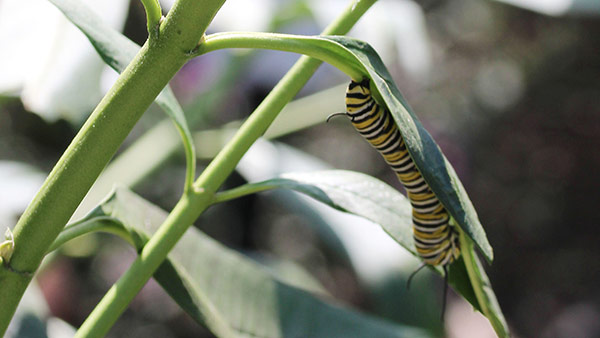
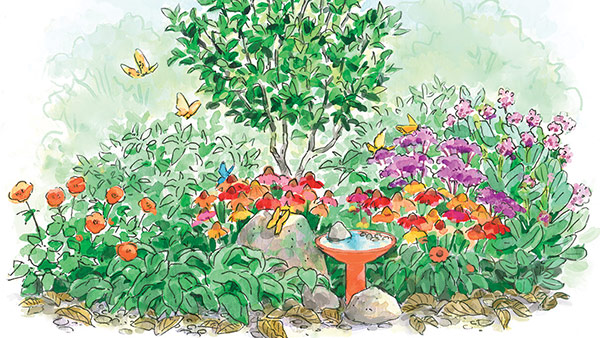















Comments
Log in or create an account to post a comment.
Sign up Log in